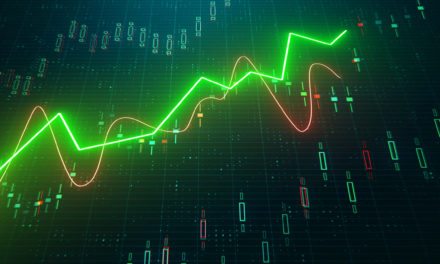
“Someone’s sitting in the shade today because someone planted a tree a long time ago.”
— Warren Buffett
The wisdom of Warren Buffett reflects a value-based philosophy about investing that says investors are buying shares in a business, and encourages strategic thinking about investment time horizon. Before placing a buy order for a stock, a great question we can ask is whether we would still be comfortable making the investment if we couldn’t sell it for many years?
A “buy-and-hold” approach may call for a time horizon that spans a long period of time — maybe even lasting for a twenty year holding period. Suppose such a “buy-and-hold” investor had looked into buying shares of Kimberly-Clark Corp. (NYSE: KMB) back in 1999. Let’s take a look at how such an investment would have worked out for that buy-and-hold investor:
| Start date: | 11/08/1999 |
|
|||
| End date: | 11/06/2019 | ||||
| Start price/share: | $62.38 | ||||
| End price/share: | $131.72 | ||||
| Starting shares: | 160.31 | ||||
| Ending shares: | 303.03 | ||||
| Dividends reinvested/share: | $50.12 | ||||
| Total return: | 299.15% | ||||
| Average annual return: | 7.16% | ||||
| Starting investment: | $10,000.00 | ||||
| Ending investment: | $39,893.39 | ||||
As we can see, the twenty year investment result worked out well, with an annualized rate of return of 7.16%. This would have turned a $10K investment made 20 years ago into $39,893.39 today (as of 11/06/2019). On a total return basis, that’s a result of 299.15% (something to think about: how might KMB shares perform over the next 20 years?). [These numbers were computed with the Dividend Channel DRIP Returns Calculator.]
Beyond share price change, another component of KMB’s total return these past 20 years has been the payment by Kimberly-Clark Corp. of $50.12/share in dividends to shareholders. Automatic reinvestment of dividends can be a wonderful way to compound returns, and for the above calculations we presume that dividends are reinvested into additional shares of stock. (For the purpose of these calcuations, the closing price on ex-date is used).
Based upon the most recent annualized dividend rate of 4.12/share, we calculate that KMB has a current yield of approximately 3.13%. Another interesting datapoint we can examine is ‘yield on cost’ — in other words, we can express the current annualized dividend of 4.12 against the original $62.38/share purchase price. This works out to a yield on cost of 5.02%.
Here’s one more great investment quote before you go:
“Thousands of experts study overbought indicators, head-and-shoulder patterns, put-call ratios, the Fed’s policy on money supply…and they can’t predict markets with any useful consistency, any more than the gizzard squeezers could tell the Roman emperors when the Huns would attack.” — Peter Lynch



